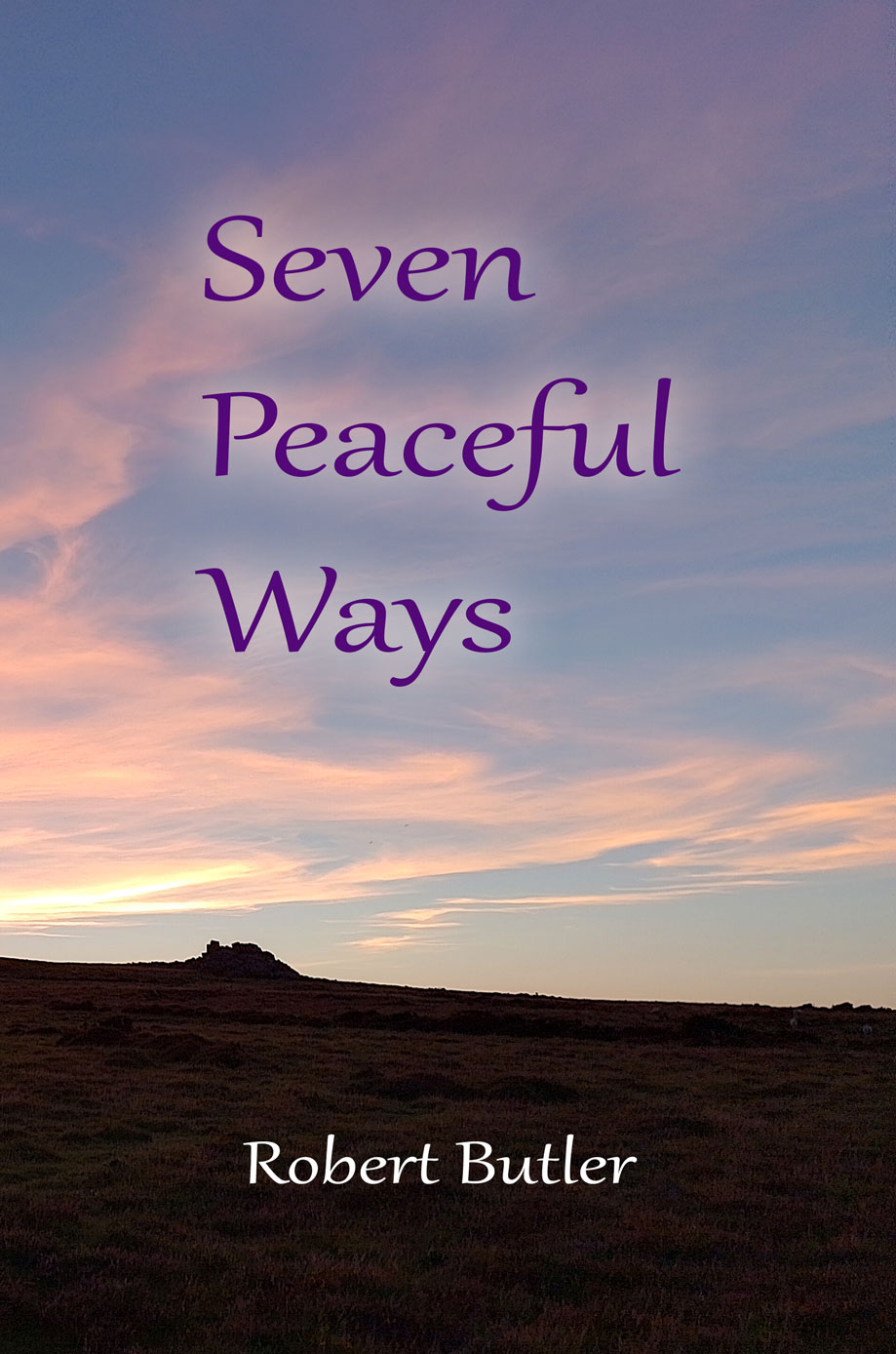Telling ourselves not to worry or practising the precept “do not worry” can help us to loosen our attachments to outcomes but these practices can also lead to avoidance or suppression if we are not careful, so it is worthwhile to look more deeply into the subject of worrying.
Many books and teachings on personal development recommend using the power of the imagination to visualise outcomes that we want. If we want success we are encouraged to visualise ourselves being successful and to feel what it would be like to be successful. In this way we are taught to align our thoughts and feelings with the outcome we would like.
Worrying is essentially using the same technique to create what we don’t want. By imagining all the bad things that could happen and unwittingly visualising these events happening, worrying actually contributes to bringing more of the experiences that we don’t want into our lives.
So why worry? Having developed the habit of worrying, for many people this habit has become chronic and can feel as difficult to overcome as any other kind of addiction. Some people will say they “can’t help worrying” but anyone who is able to say the words “I can’t” is also able to say the words “I can”. The reason that many people feel they can’t stop worrying is because they are so caught up in the momentum that worrying creates. Worrying is nothing more than a negative thought which attracts more negative thoughts which attract even more negative thoughts. If this is allowed to continue for long enough these negative thoughts continue on their own and we become nothing more than a spectator to a game which can only ever create misery.
The way to buck the trend is to become conscious of what our mind is doing and to consciously intervene by replacing negative thoughts and phrases with more positive ones. Admittedly, people who have been chronic worriers for many years will often need the help of a professional or dedicated family member to help them break the habit but everyone has the ability and potential to change the focus of his mind.
What is the purpose of worrying?
In the same way that people believe they need fear to keep them out of danger, many people also believe they need to worry to be able to prevent bad things from happening. Worrying often starts after an experience which feels bad. In trying to prevent a repeat of the experience we give attention to the experience and to anything that seems to be related to it. If we have a bad experience climbing a ladder we might try to avoid going up a ladder or avoid any situation which might involve climbing a ladder or even any kind of situation which involves heights.
When we worry we often replay the original experience or unconsciously imagine a repeat of the experience. We also pay attention to what appear to be the indicators that there might be a repeat of the experience. But by tuning our thoughts and feelings in this way we are actually using the power of our mind to bring more of what we don’t want into our experience. The more we worry, the more we see evidence that there is something to worry about.
Without realising it worrying becomes an automatic behaviour and justifies its presence by convincing us that, if we didn’t worry and keep a look-out for all the bad things that could happen to us, a whole load more bad things would come our way. The thing is: it’s completely untrue.
If we want to be aware of the potential dangers and pitfalls of any given situation we need knowledge and awareness. If we have knowledge and awareness, and if we tune our thoughts and feelings towards positive outcomes, we can avoid coming to any harm and actually create enjoyable experiences.
Using worry instead of knowledge and awareness achieves the complete opposite and serves only to create more unpleasant experiences for us.
Feeling safe
If we look deeper still at the cause of worrying, we can see that the initial bad experience which caused us to worry made us feel unsafe. When something happens and we don’t feel safe, feeling unsafe becomes part of our being and part of the vibration that we offer to the world. Even if we do our best to avoid thinking about what happened and suppress the feeling of not being safe, that vibration remains within us and continues to play a part in creating our experiences and our perceptions.
The original experience creates an emotional wound of not feeling safe. So in addition to consciously aligning our thoughts and feelings with good-feeling outcomes, we also need to recognise the wounded aspect of us that needs to be healed.
Not feeling safe can lead to defensiveness, anger and blame. We can often tell if we have a wound coming up relating to safety by seeing whether we are feeling defensive and starting to lash out in some way.
*** This chapter is taken from my book The Light Within ***

